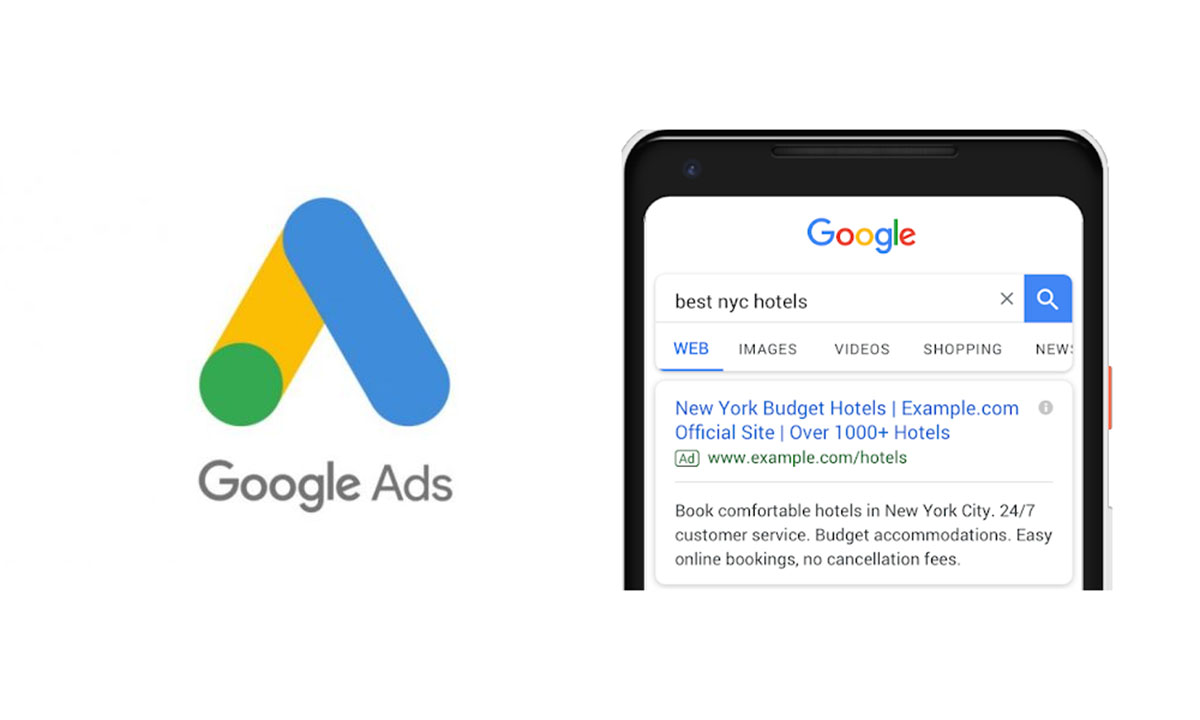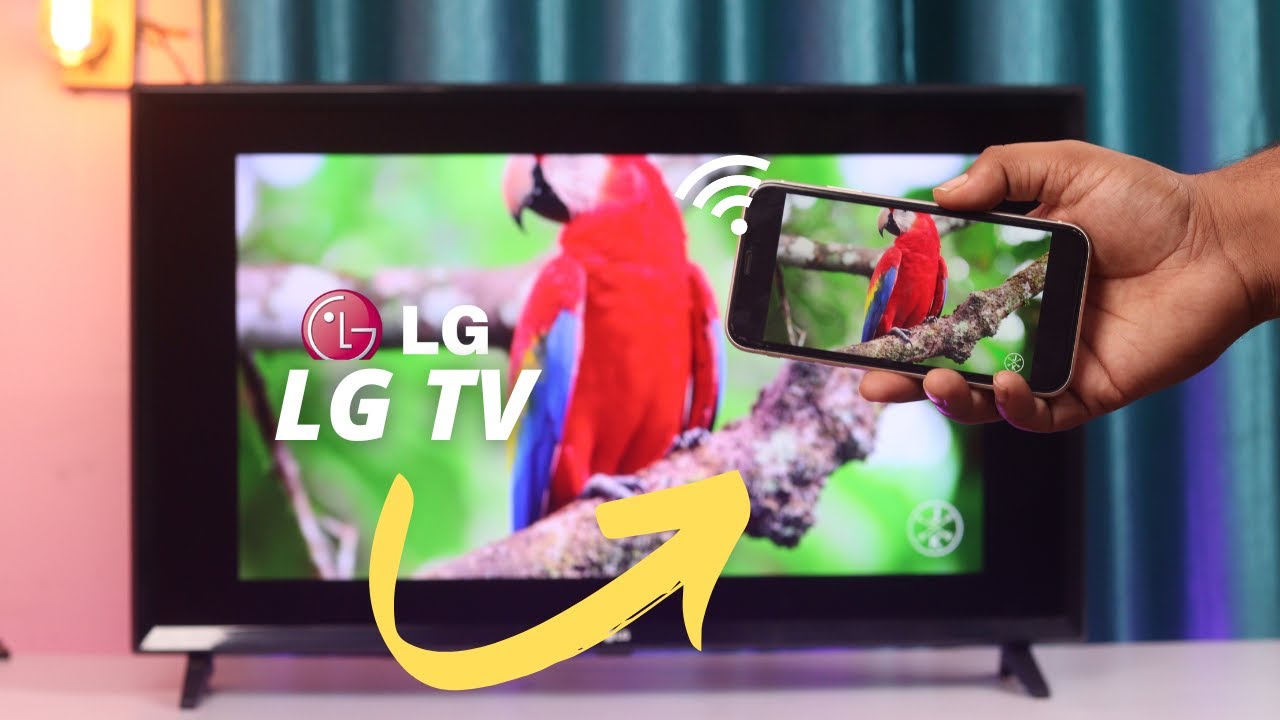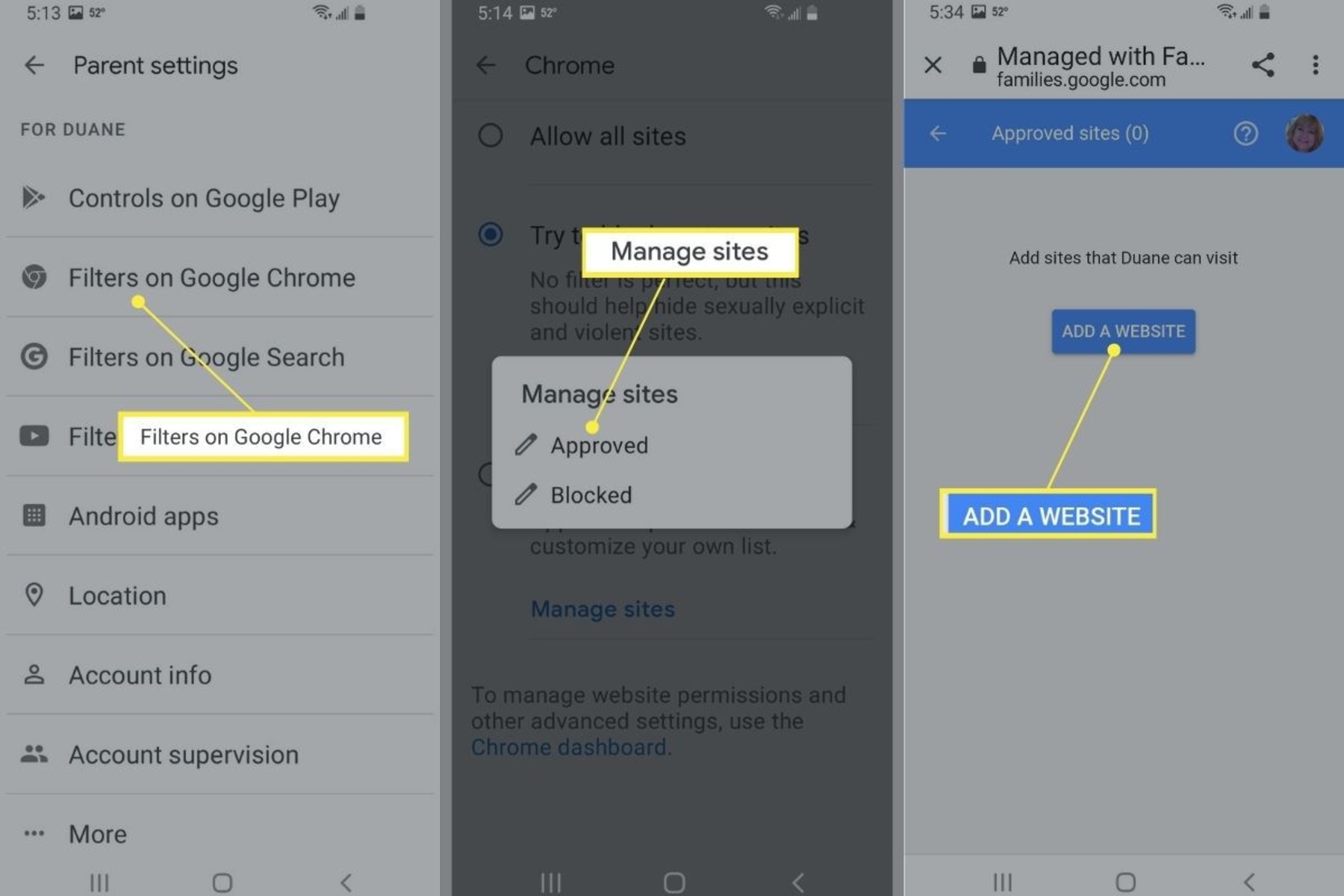A recent investigation has shed light on a problematic aspect of Google’s search ads business, revealing that Google search ads were appearing on non-Google websites that advertisers did not intend to target. The research conducted by Adalytics, an ad analytics firm, documented instances of Google search ads being served on inappropriate websites such as hardcore pornography sites, pirated content sites, and websites in countries under US sanctions. The report, titled “Does a lack of transparency create brand safety concerns for search advertisers?,” also found that search ads were appearing on Breitbart.com, a far-right news website, despite advertisers trying to avoid association with the site. These findings raise concerns about the lack of control and transparency in Google’s search ads network.
Key Takeaway
Google’s search ads are being displayed on non-Google websites, including inappropriate and sanctioned sites, raising brand safety concerns for advertisers.
The Google Search Partners Network
Google Search Partners (GSP), also known as the Google Search Partner Network (SPN), is a network of third-party sites where Google search ads can be displayed. Advertisers running search ads on Google are automatically opted into the GSP network, which includes websites that have embedded Google’s custom search widget. This means that ads can appear on various sites across the web, including those that may not align with advertisers’ brand values or compliance requirements.
While the GSP network has been around for about two decades, it was recently discovered that Google started defaulting advertisers into the network, rather than requiring an active opt-in. This means advertisers need to actively opt out of the GSP if they do not want their ads to appear on non-Google sites.
Transparency and Compliance Issues
Adalytics conducted an exploratory study to identify websites participating in the GSP network. Using open-source methodologies, the research firm managed to identify thousands of sites in the GSP network, some of which seemed to be violating Google’s Publisher Policies. These violations included displaying ads alongside copyright-infringing content, on pornographic websites, and on sites located in sanctioned countries like Iran. Adalytics also found instances where controversial sites had potentially set up their adtech to earn revenue from Google search ad clicks.
One of the most concerning findings was that ads were appearing on the websites of companies under US sanctions, such as Iranian and Russian entities. This raises questions about Google’s compliance with US sanctions and its enforcement of its own publisher policies.
Google does not provide advertisers with a comprehensive list of GSP participants, making it difficult for advertisers to verify where their ads are being displayed. Advertisers also cannot independently monitor their ad placements or use third-party verification tools. This lack of transparency hampers advertisers’ ability to ensure their ads are not appearing on inappropriate or sanctioned sites.
Implications and Calls for Greater Transparency
The findings from Adalytics’ research highlight serious brand safety concerns for advertisers using Google’s search ads. The report calls into question Google’s vetting process for the GSP network and the lack of control and transparency in ad placements. Advertisers may be unknowingly supporting inappropriate or sanctioned sites, damaging their brand reputation.
Experts argue that this research underscores the need for greater transparency from Google in regards to its ad networks. Regulators may need to take action to ensure compliance with sanctions and to ensure advertisers have more control over where their ads are displayed. The lack of transparency and control in Google’s ad systems has become a growing concern, and advertisers should demand more transparency to avoid potential brand safety risks.

























